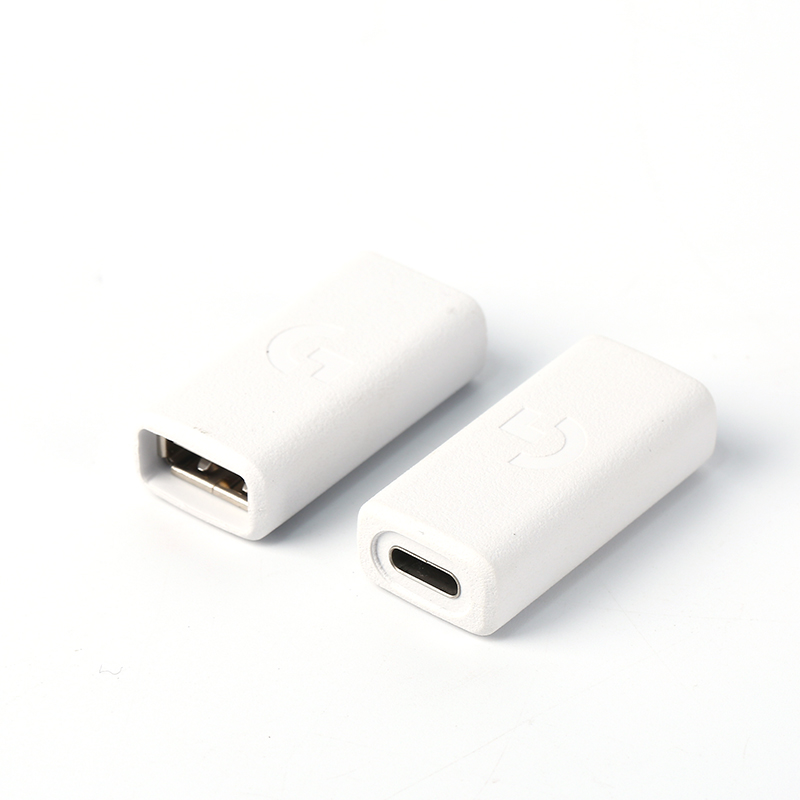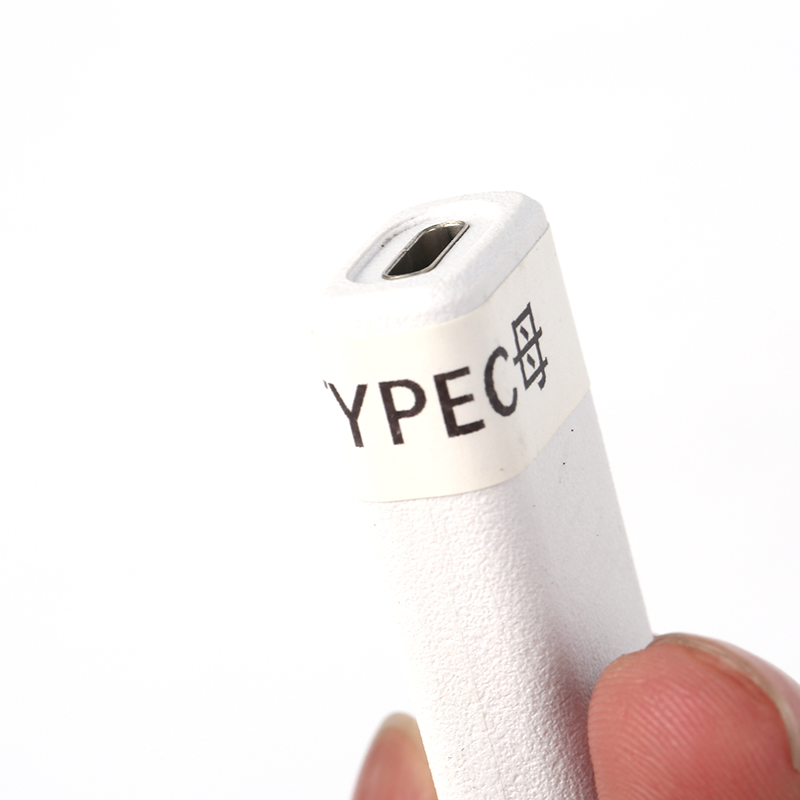USB-C Connectors represent a revolutionary interface standard in modern electronic devices, most notably characterized by their completely symmetrical and reversible plug design that eliminates the need to orient the connector correctly. Based on the USB Type-C specification, these connectors not only support high-speed data transfer and power delivery but can also simultaneously transmit video and audio signals, truly achieving an integrated "all-in-one" solution. With dimensions of just 8.4×2.6mm, the USB-C interface is more compact than traditional USB-A connectors while offering significantly expanded capabilities, supporting up to 40Gbps data transfer speeds (USB4 standard), 240W power delivery (USB PD 3.1 standard), and 8K resolution video output. The connector employs a 24-pin design layout that enables functional diversity and compatibility through precise pin arrangement.
Depending on application scenarios and functional requirements, USB-C connectors are available in various types including standard, waterproof, and enhanced versions. Structurally, these connectors typically feature stainless steel shells that provide mechanical protection and electromagnetic shielding, with gold-plated internal contacts ensuring excellent conductivity and corrosion resistance. High-quality USB-C connectors can withstand at least 10,000 mating cycles and comply with stringent standards set by the USB-IF association. They are widely used in smartphones, laptops, tablets, display devices, and various peripherals, serving not only for charging and data transfer but also supporting multiple functions including video output, audio transmission, and network connectivity. With continuous technological advancements, USB-C connectors are evolving toward higher transmission speeds, stronger power support, and greater intelligence, becoming indispensable core components in modern digital ecosystems.







